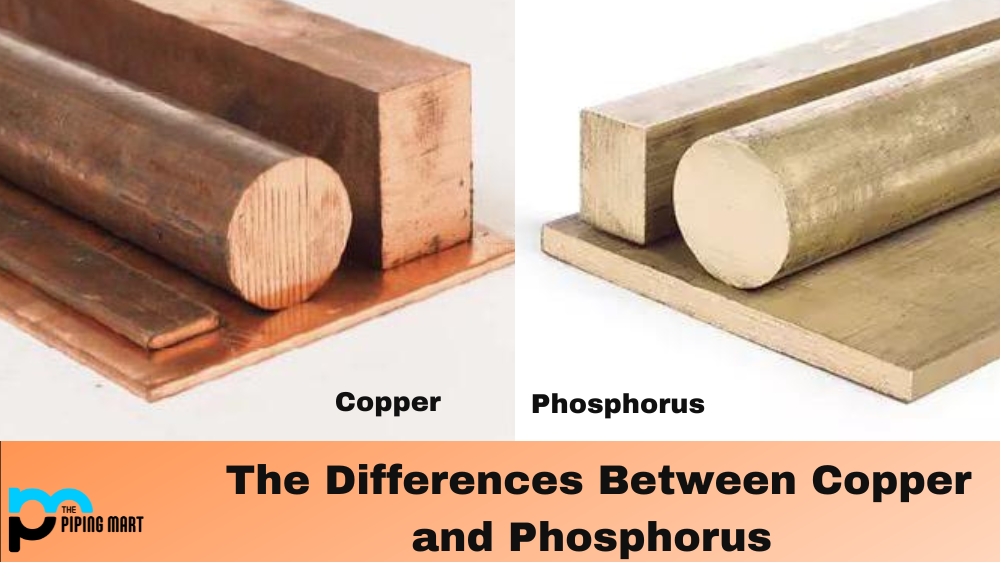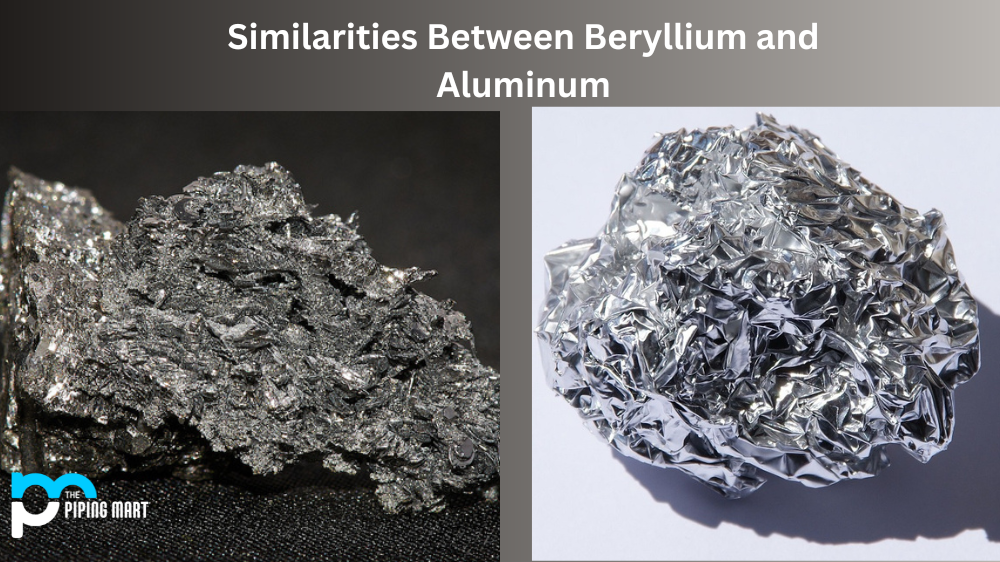Copper and phosphorus are two elements found in nature that have a wide range of uses. Copper is often used as an electrical conductor, while phosphorus is used in fertilizers and chemical compounds. While both elements are widely used, they have distinct differences that make them suitable for different applications. Let’s explore the key differences between copper and phosphorus.
Copper vs Phosphorus
Copper and phosphorus are both essential elements necessary for growth in living organisms, but they serve two very different roles. Copper is a catalytic element, acting as an activator to increase the speed of certain chemical reactions. Phosphorus, on the other hand, is required in higher amounts for many overall cellular functions such as energy transfer and the production of DNA and RNA. Copper is non-metallic, while phosphorus can exist in both metallic and non-metallic forms depending on its environment. Copper acts as an antioxidant when present in biological systems, protecting cells from oxidative damage, whereas phosphorus is needed for binding various molecules to create compounds like phosphoproteins or polyphosphate chains needed for energy reserves in bacteria. Copper vs Phosphorus shows us that these two elements may be equally important for life functions, yet their roles could not be more different.
Atomic Structure
Copper has an atomic number of 29, which means it has 29 protons and 29 electrons orbiting its nucleus. It has an atomic mass of 63.55 AMU and belongs to the transition metal family on the periodic table. On the other hand, phosphorus has an atomic number of 15, making it a non-metal with 15 protons, 15 electrons, and an atomic mass of 30.97 AMU.
Physical Properties
Copper exists as a solid at room temperature and is a reddish-orange colour with a lustre that makes it attractive to use in jewellery or coins. Its melting point is 1,984°F (1,083°C), and its boiling point is 4,655°F (2,562°C). In contrast, when exposed to air, phosphorus is a white crystalline solid at room temperature with a pungent odour. Its melting point is 320°F (160°C), and its boiling point is 745°F (397°C).
Chemical Properties
Copper is known for being an excellent electrical conductor because it can easily transfer electrons from one atom to another through metallic bonds. This property makes copper ideal for wiring or electronic components like resistors or transistors. On the other hand, phosphorus combines easily with oxygen to form phosphates, essential nutrients for plants. This property makes phosphorus ideal for use as fertilizer or in chemical compounds such as detergents or insecticides.
Copper vs Phosphorus uses
Copper and Phosphorus are two very important elements used in a number of ways. Copper is used often in electrical wiring, thanks to its excellent conductive properties, while phosphorus is preferred for a number of industrial applications due to its ability to form useful compounds. Copper is found in many items like coins and keys while Phosphorus is found mostly in fertilizers and certain types of glass. Both elements have many uses and will continue to be vital components of our everyday lives, from small electronics to helping feed the world’s population.
Conclusion
While both copper and phosphorus have their own unique properties that make them suitable for certain applications, there are some clear distinctions between them – namely, their atomic structure, physical properties, and chemical properties – that set them apart from one another. As such, it’s important to know these differences to select the right element for your specific needs!

Pipingmart is B2B portal specializes in industrial, metal and piping products. Also, share latest information and news related to products, materials and different types grades to help business dealing in this industry.




